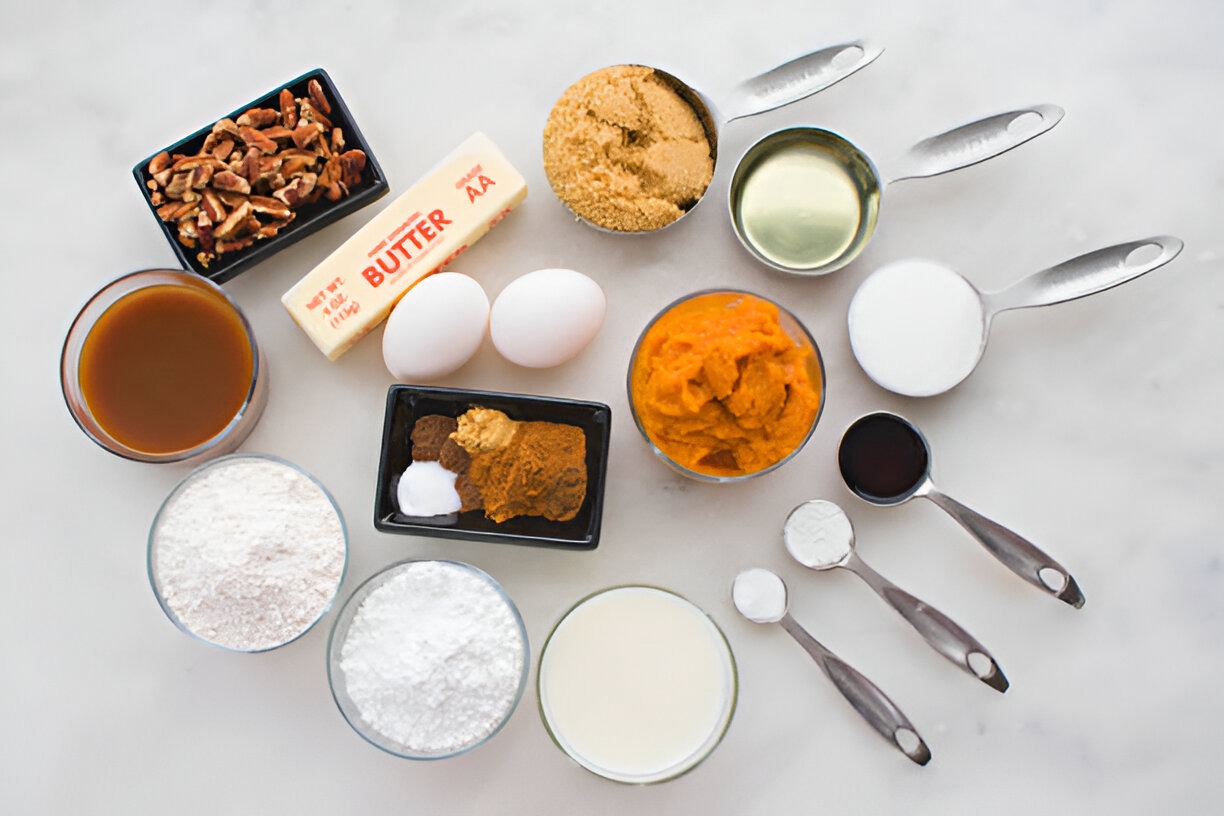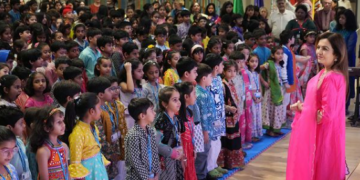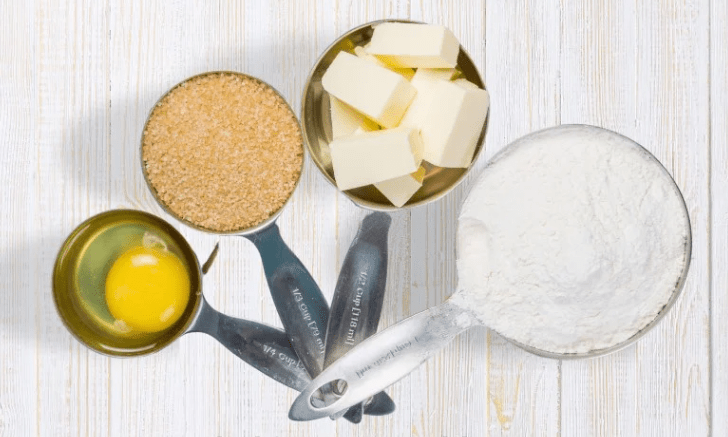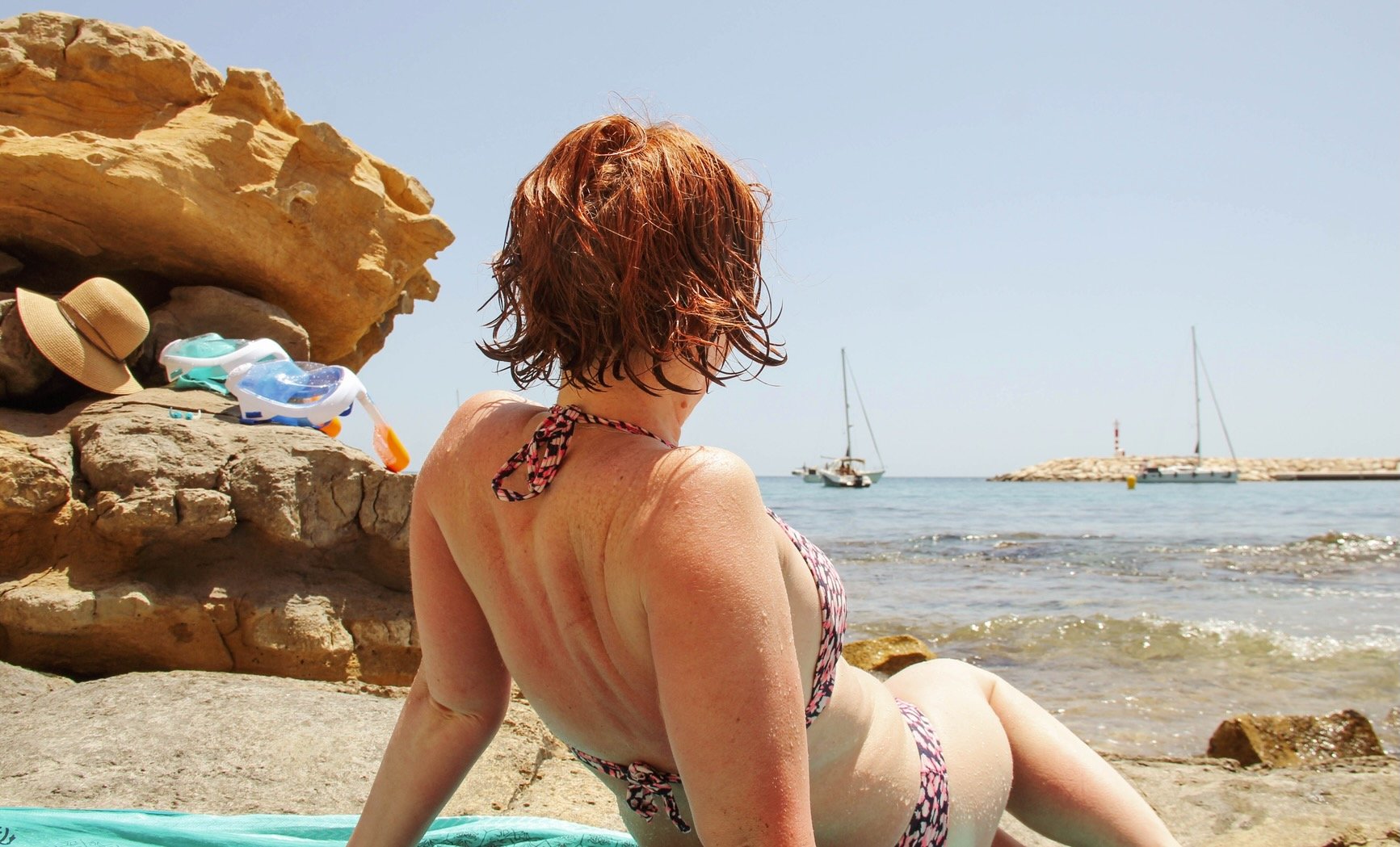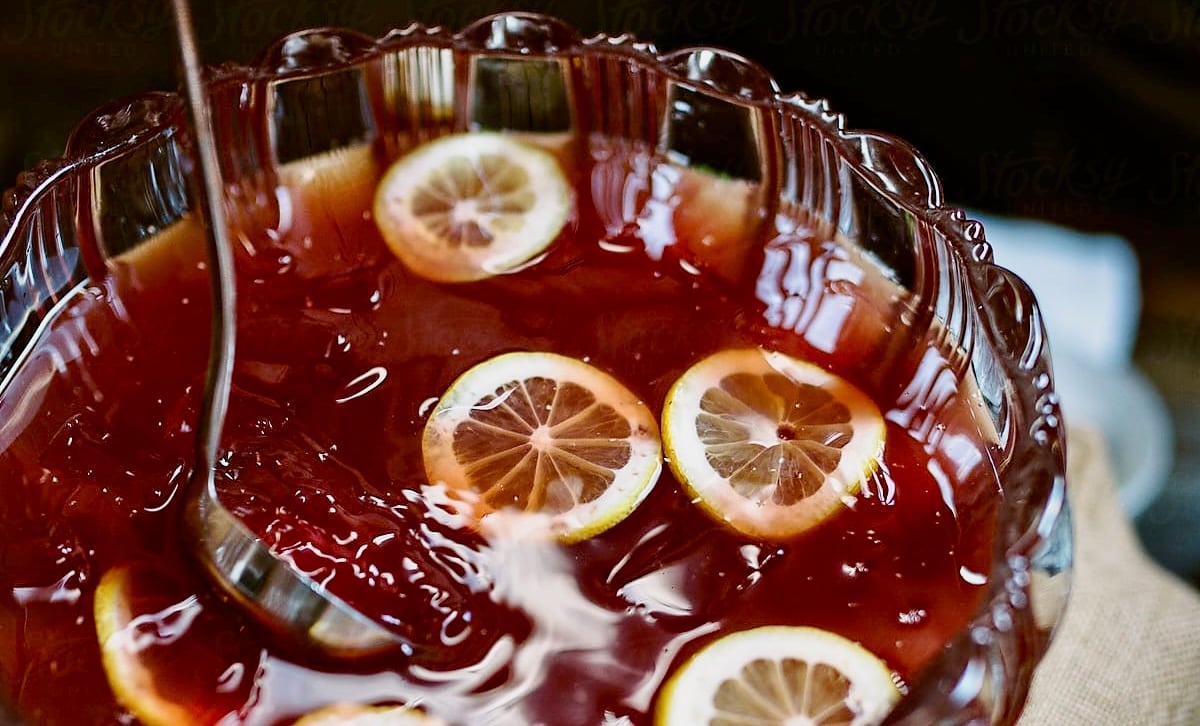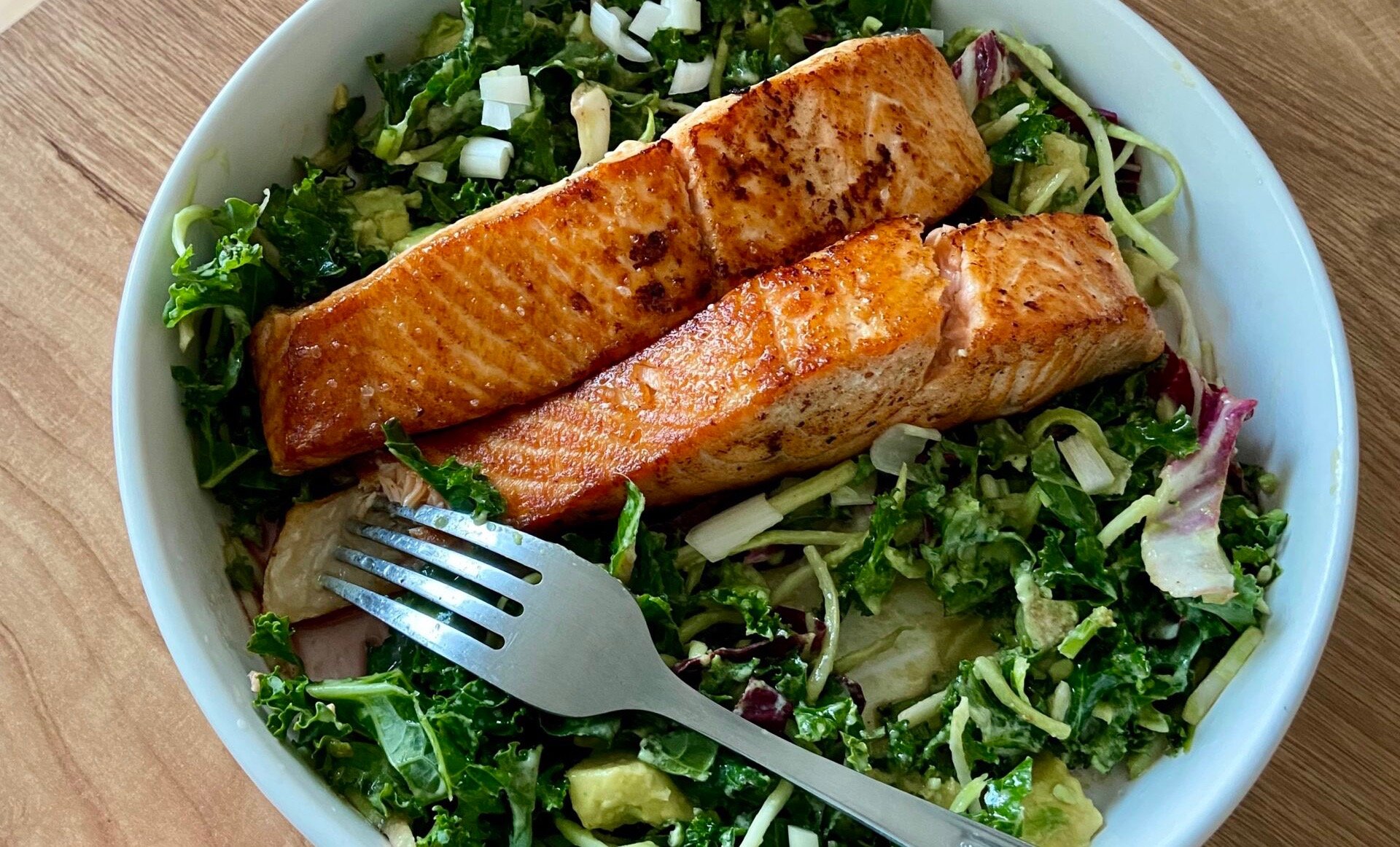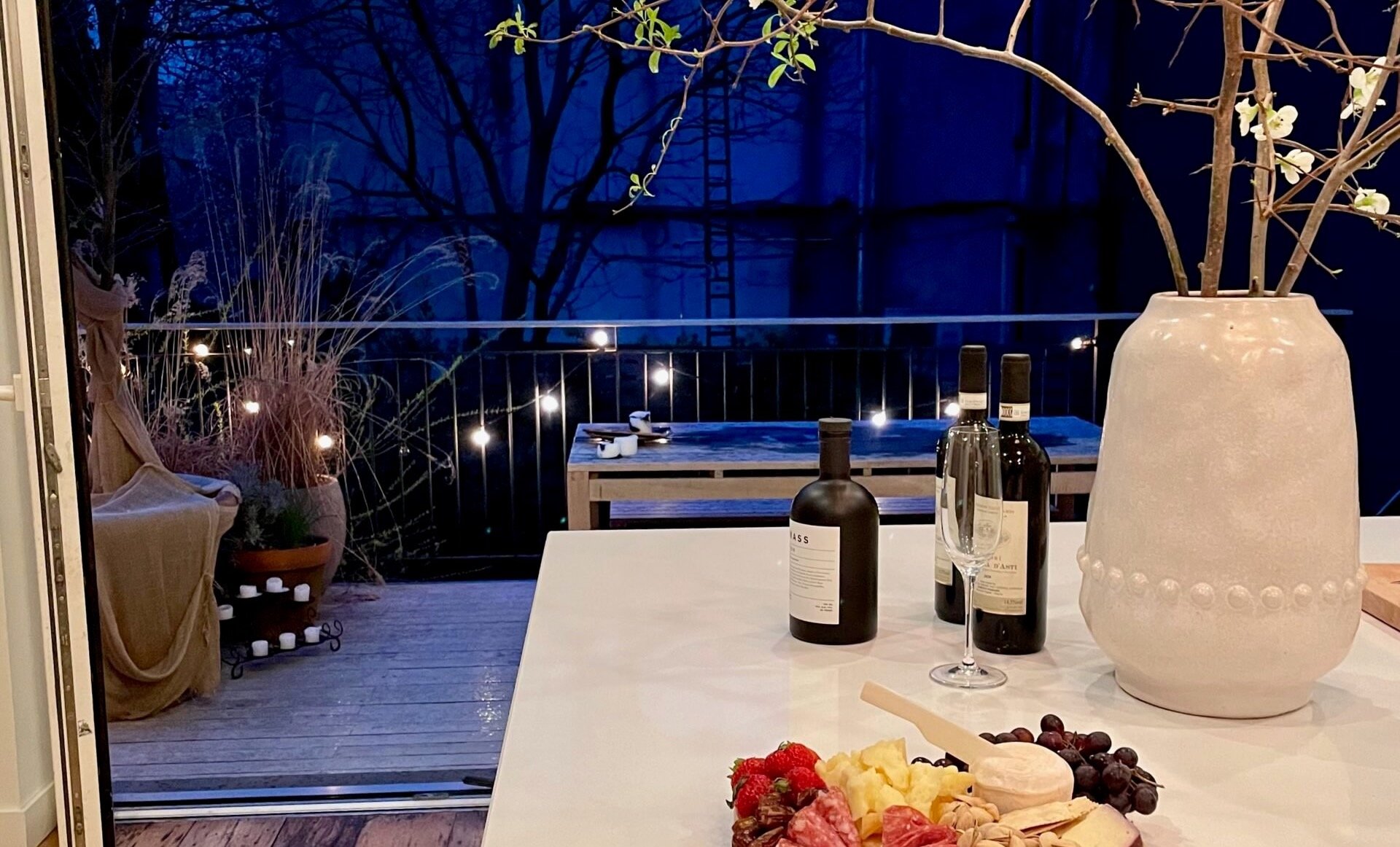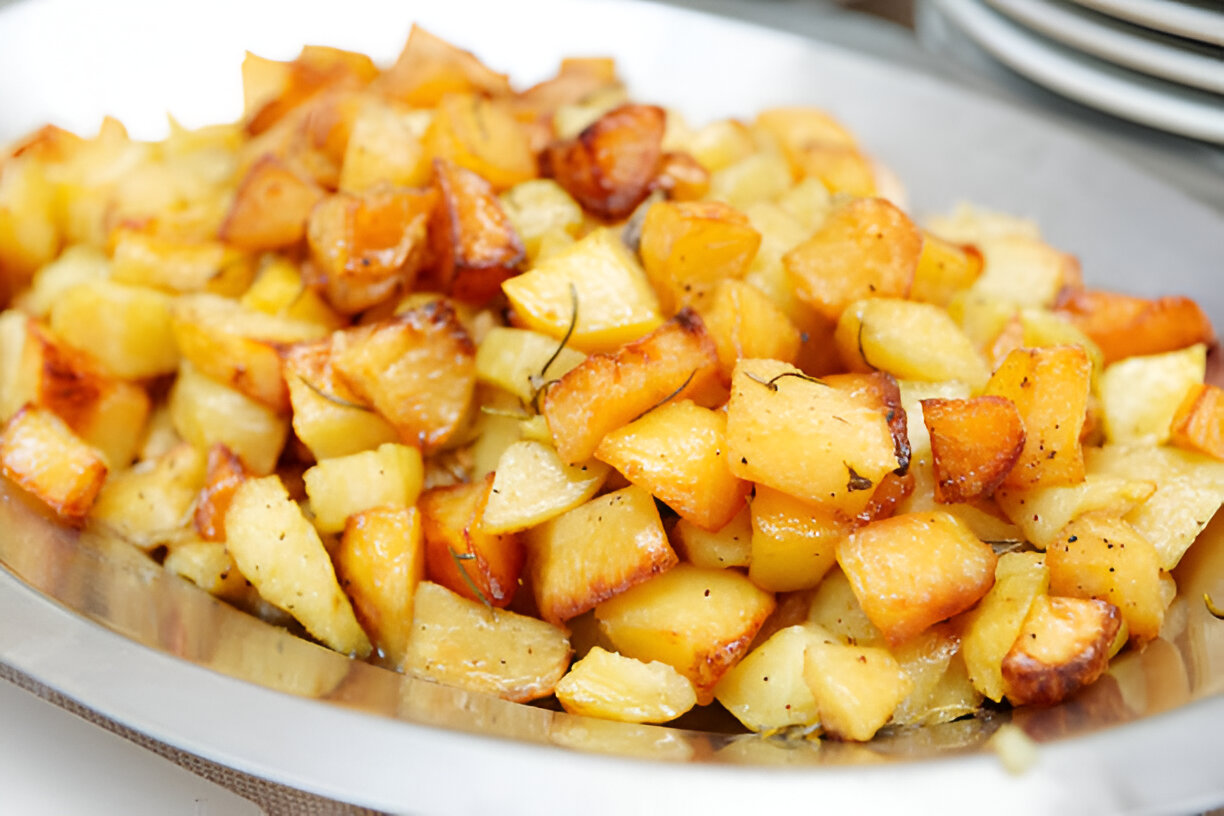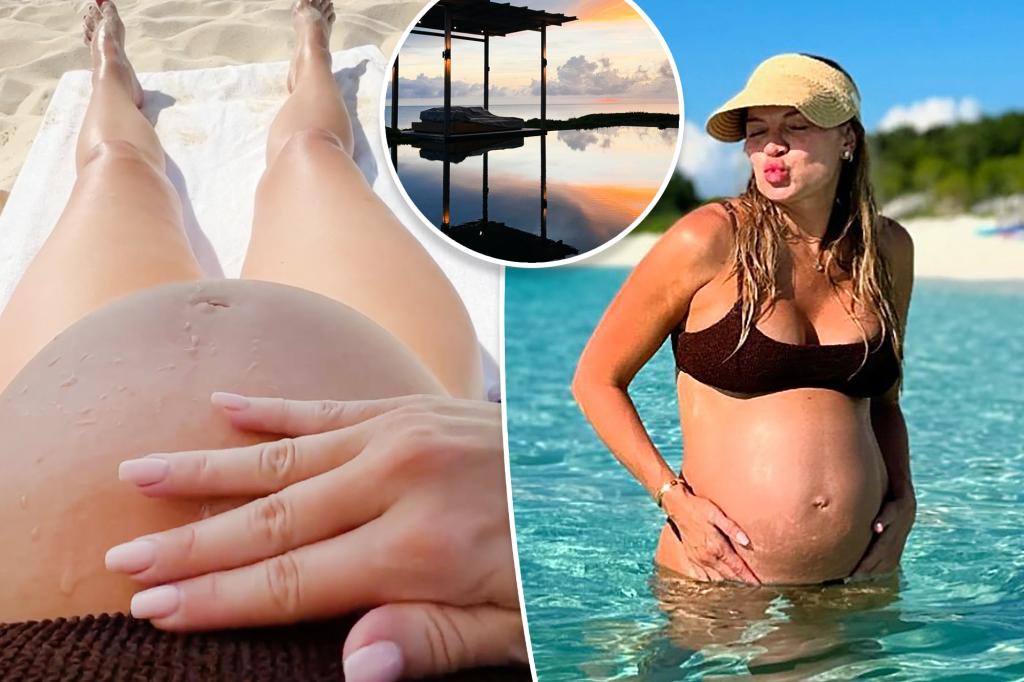Ever found yourself in the middle of a recipe only to realize you’re not sure how many tablespoons are in a cup? Whether you’re a home cook, a baking enthusiast, or a food blogger, mastering measurement conversions is crucial for culinary success. This guide will help you understand the relationship between tablespoons and cups, ensuring your next dish is a hit!
Similar Post: How Many Fluid Ounces Are in a Gallon? Simple Conversion Guide
What is a Tablespoon?
A tablespoon, often abbreviated as “tbsp,” is a commonly used unit of measurement in cooking and baking. One tablespoon is equivalent to:
- 3 teaspoons
- 15 milliliters
When measuring ingredients, it’s important to fill the tablespoon to the top with no extra space. This ensures accuracy, especially in recipes requiring precise measurements.
For example, when baking a cake, even a small deviation in the amount of baking powder can affect the texture and rise of the cake. Therefore, always ensure your tablespoons are packed full for consistent results.
What is a Cup?
A cup, abbreviated as “c,” is another frequently used measurement unit in cooking and baking. One cup equals:
- 16 tablespoons
- 8 fluid ounces
- 237 milliliters
Cups are typically used for both dry and liquid ingredients. For accurate measurements, fill your measuring cup to the top, leveling off any excess with a flat edge.
Imagine making a batch of cookies. If you don’t measure the flour correctly, you might end up with a dough that’s too dry or too wet, affecting the final product. Therefore, precise cup measurements are essential.
Imperial vs Metric Systems
The Imperial and Metric systems are two primary measurement systems used globally. Understanding the differences between these systems is key to successful international recipe conversions.
Imperial System
Used mainly in the United States and the United Kingdom, the Imperial system includes units like feet, pounds, and gallons. In baking, it uses measurements such as cups, tablespoons, and teaspoons.
Metric System
Commonly used in most other countries, the Metric system includes units like meters, kilograms, and liters. While many countries use cups, tablespoons, and teaspoons for baking, the sizes may vary.
Being aware of these differences helps ensure accurate and consistent results, especially when following international recipes.
The US Customary System (USCS)
The USCS, based on the British Imperial System, is widely used in the United States. Here are some key conversions in this system:
- 1 US cup = 237 milliliters (to be precise, 236.5882365 ml)
- 1 US cup = 16 US tablespoons (tbsp)
- 1 US cup = 15.77 Metric tablespoons (UK, international)
Understanding these conversions can make it easier to follow recipes from different regions.
Key Tips for Accurate Measurements
Now that you understand the basics, let’s explore some tips for accurate measurements in your kitchen:
Use the Right Tools
Invest in a good set of measuring cups and spoons. Ensure they are of high quality and provide accurate measurements.
Level Off Ingredients
For dry ingredients, use a flat edge to level off the excess. This ensures consistency and accuracy.
Check Liquid Measurements at Eye Level
When measuring liquids, ensure the measuring cup is on a flat surface. Check the measurement at eye level to avoid any parallax error.
Practical Applications in Cooking and Baking
Understanding these measurements can significantly impact your cooking and baking. Here are some practical examples:
Baking a Cake
Accurate measurements ensure the right texture, consistency, and flavor in your cakes.
Making a Sauce
Properly measured ingredients can make your sauce perfectly balanced and flavorful.
Preparing a Salad Dressing
The right proportions of oil, vinegar, and seasonings create a harmonious blend of flavors.
Troubleshooting Common Measurement Mistakes
Even experienced cooks and bakers make mistakes. Here are some common issues and how to avoid them:
Too Much Flour
If your dough is too dry, it may be due to excess flour. Ensure you level off your measurements for accuracy.
Not Enough Liquid
If your batter is too thick, you may not have added enough liquid. Measure fluids at eye level for precision.
Overpacked Ingredients
Avoid packing ingredients like brown sugar too tightly unless specified. This can lead to imbalanced recipes.
Conversion Charts for Quick Reference
Having a handy conversion chart can make your kitchen tasks more manageable. Here’s a quick reference:
- 1 cup = 16 tablespoons
- 1/2 cup = 8 tablespoons
- 1/3 cup = 5 tablespoons + 1 teaspoon
- 1/4 cup = 4 tablespoons
- 1/8 cup = 2 tablespoons
Save this chart or print it out for easy access while cooking or baking.
Specialty Measuring Techniques
Some recipes call for unconventional measurements. Here’s how to handle them:
Heaping Tablespoons
A heaping tablespoon means a generous scoop, not leveled off.
Packed Cups
Packing ingredients tightly into a cup, like brown sugar, to remove air pockets.
Scant Measurements
A scant measurement means slightly less than the specified amount.
Adapting International Recipes
When following international recipes, understanding different measurement systems is crucial. Convert measurements accurately to avoid mishaps.
Metric to Imperial
Use online converters for precise conversions between Metric and Imperial systems.
Adjusting for Altitude
High altitudes can affect baking times and temperatures. Adjust recipes accordingly for best results.
Building Confidence in the Kitchen
Mastering measurements builds confidence in the kitchen. Experiment with different recipes and techniques to enhance your cooking and baking skills.
Practice Makes Perfect
Keep practicing accurate measurements to improve your culinary creations.
Trial and Error
Don’t be afraid to make mistakes. Learn from them to refine your skills.
Seek Feedback
Share your creations with friends and family. Their feedback can help you improve.
Conclusion
Mastering measurement conversions, like understanding how many tablespoons are in a cup, can elevate your cooking and baking. Accurate measurements ensure delicious and consistent results every time. Keep practicing these techniques, and soon you’ll be a pro in the kitchen. For more tips and recipes, join our community of food enthusiasts and take your culinary skills to the next level!








